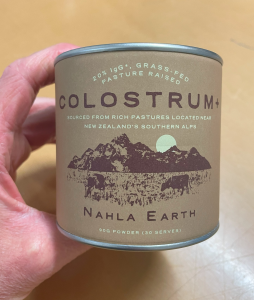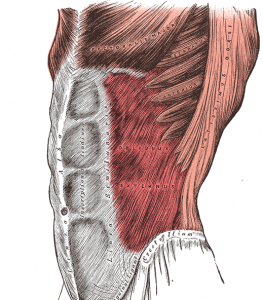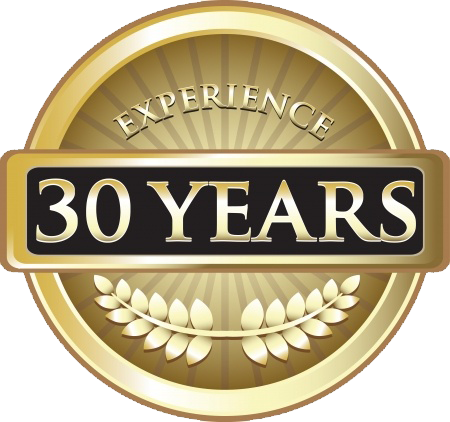-
Will adding (supplemental) colostrum boost
your health & fitness?
What is (supplemental) colostrum?
Colostrum is a highly nutritious fluid produced by all mammals shortly after giving birth, before actual breast milk production begins. For supplementation, bovine colostrum, produced by cows and cattle, is the most widely used type. Compared to regular cow’s milk, colostrum is extremely rich in antibodies, making it effective at improving the immune system. Additionally, it is higher in protein, fat, carbs, vitamins, and minerals compared to regular milk.

Who would benefit from regular consumption?
When you exercise heavily, push your limits, or return to exercising after a long break, your immune system is naturally suppressed. It's important to find the balance between improving fitness and staying healthy. This is where colostrum comes in. By promoting gut biome balance, colostrum can increase immunoglobins IGA, IGG, & IGM, as well as growth factors such as IGF-1, IGF-11, IGF-B1, & IGF-B2. In my case, colostrum has helped speed up the recovery of immune markers after intense exercise, reducing the risk of illness, which is common among athletes and those returning to exercise. Additionally, the growth factors can enhance protein synthesis and, when combined with isolated protein supplementation, can improve muscle strength.
The application?
The daily dose varies, but I recommend taking 30g mixed in cold water or juice immediately following a strenuous workout. The taste has a light, nutty flavour. I suggest ‘against' mixing it with warmer drinks, like coffee.
The bad!
"For a supplement, it's expensive. See my choice: the Nahla Earth from NZ at $80 per 30 servings. Personally, given my vulnerable training age, intense exercise routine, and the high histamine levels at this time of year, I am willing to invest in one cycle (30 servings) only."
-
Will magnetic nasal strips help your breathing
(at rest and when exercising)?
"I have long advocated for the health benefits of nasal breathing
as opposed to mouth breathing."
Why?
👃 Focused nasal breathing promotes deep, lower diaphragmatic breathing, as opposed to mouth-driven chest breathing. The deeper breathing, controlled by the diaphragm muscle, increases the efficiency of oxygen intake per breath and helps regulate the heart rate, which is a significant benefit when training at 75% of your maximum effort – your DTi as I call it!
👃 From your nose hairs to the sticky mucus lining your nostrils, your nose filters out and protects you from dust, pollution, allergens, viruses, and bacteria, providing crucial benefits at this time of the year.
👃 Your nose warms the air before it reaches your lungs, which is a huge benefit as lung don’t like cold air. I certainly find running in cold weather and mouth breathing causes coughing.
👃 When you breathe through your nose, there is up to 50% more resistance compared to mouth breathing. This resistance is beneficial because it helps maintain the elasticity of your lungs, allowing them to inflate and deflate properly. Additionally, nitric oxide produced in the nose relaxes and widens your blood vessels. These processes can potentially increase your oxygen uptake by as much as 10-20%.
👃 When you primarily breathe through your mouth, over-breathing can occur, leading to the loss of too much carbon dioxide from your blood. This is important because carbon dioxide is key in stimulating breathing, regulating blood pH, and promoting oxygenation of your tissues and organs.
Enter: The magnetic nasal dilator.
The magnetic dilator is a simple system that opens up the narrow nasal passage. See my background GIF – the lateral magnets simply pull apart my nose using the magnetic cross bridge.
I believe it increases my nasal breathing capacity by 30%, which is a lot! I usually use it when I'm on a stationary cycling trainer, where I can control my exercise intensity closely.
Without a doubt, it works! My tests have shown that I can maintain more controlled intensity (measured in watts) breathing through my nose when using the magnetic dilator. It certainly doesn't work for sleeping.
At $12.99 [CLICK HERE], it's definitely worth a try, as it brings instant and noticeable improvement.
-
Does average sleep boost your hunger?

Like or not, our western ‘nourishing’ lifestyle has us consuming far more food counter-productive to our good health. Increased exposure, influential promotion and financially viable poor food choices appear to be further inviting when we are tired! Damn it!
Sleep deprivation can reduce the release of the hormone, leptin, which drives the satiation emotion - no food thanks! Next is ghrelin, a hormone that tells your brain “I'm hungry.” Just one night of bad sleep can send ghrelin through the roof, leading you to feel more hungry. I hate amped up ghrelin!
Sufficient, restful sleep allows the body to regulate production of these two hormones, creating a balance of appetite and satiation. Likewise, lack of sleep can create an imbalance in the body. This can cause you to feel hungrier during the day.
Our innate appetite drives what food & how much food and is a result of our ghrelin/ leptin balance. This fitting ratio drives our best energy, sleep & weight.
If you feel your sleep could be better, check out my sleep/stress assessment – CLICK HERE
-
OBLIQUES MATTER

- don’t forget to include your side muscles -
Yes, those deeper tummy muscles need stimulating, along with your those lower back stabilising muscles, and of course, your bum, BUT, don’t forget those scaffolding-like muscles on the your sides, the obliques.
Here’s my favourite four oblique actions.
-
HUMAN NATURE
-hitting the trails-
A day in nature usually confirms the clear mind & body benefits of fresh air and earth!
Less screens more nature , I say!
Before hitting nature's epic sporting colosseum, here are a few pointers and differences from hitting more benign surfaces like concrete & bitumen.
Off-road surfaces present risk. Losing your footing can cause you to lose your teeth – this is not good! So, your balance, coordination and your proprioception (knowing your position in space – Cats are King) are all important when tackling varying terrain & surfaces.
A few tips.
⛰️ Slow down – pace (driven from your heart & lungs) is far less important on the trails.
⛰️ Shorter strides – practice shorter and lighter, less bounding strides. Spend less time on support per stride.
⛰️ Scan – while you should be keeping a close eye on your next step, when safe to do so, be sure to ever quickly look ahead and, ideally, mentally map your next 20 metres.
⛰️ Practice like-for-like exercises – one-legged and blinded squats, jumping twist, wobble board squats, swiss & bosu ball balancing actions.
⛰️ Get strong – don’t forget to throw in a few squats, core exercises (like pilates), and even loaded arm gait exercises. Strong is more important than pace/ effort.
fyi, check out my extended trail training tips – CLICK HERE

